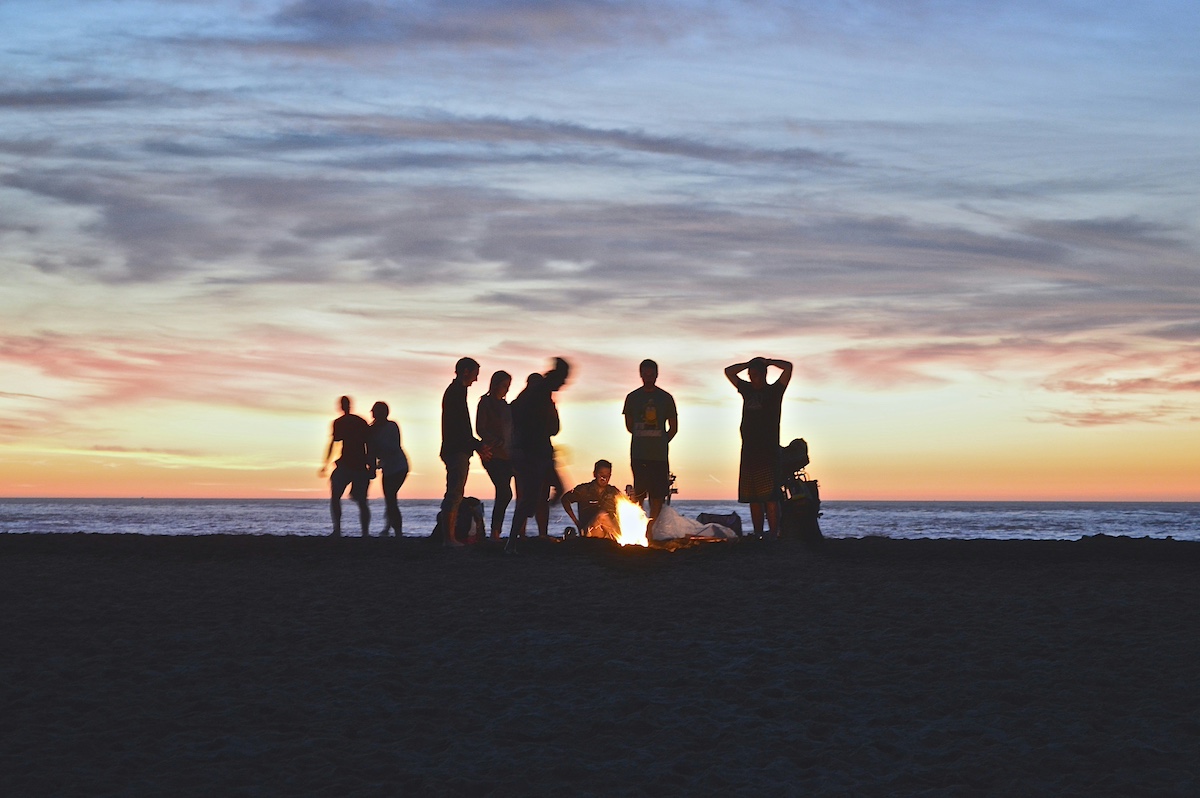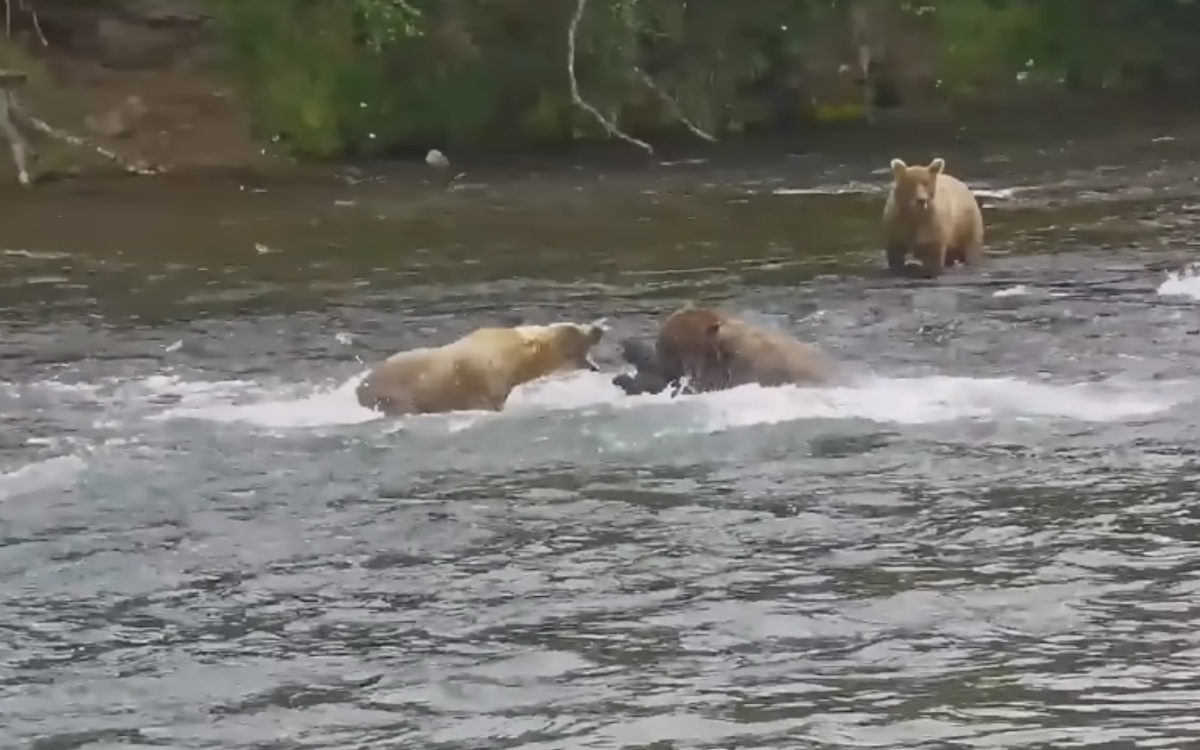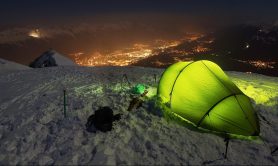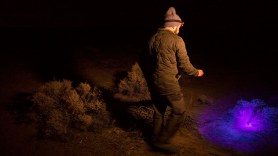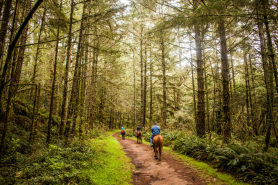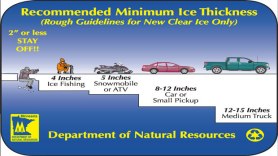

How to Choose Binoculars
A good pair of binoculars should be part of every hiker’s kit. They can allow you to get a better look at the wildlife, or to zoom in on natural features like waterfalls and cliffs, which may not be safe to approach. For bird watchers and hunters, binoculars are practically mandatory.
Videos by Outdoors with Bear Grylls
Today we’re going to help you figure out how to choose binoculars.
To a beginner, it can seem confusing. The product descriptions are full of technical terms, which can be intimidating. No worries. We’re about to explain everything you need to know.
Magnification and Field of View
The magnification and the field of view are the most important features on any pair of binoculars, and they’re the first things you should look at.
Magnification refers to how much larger the binoculars will make an object appear. For example, a 7X pair of binoculars will make everything appear 7 times bigger. 7 to 10X is a good range for most bird hunters and nature enthusiasts. Hunters may want as much as 16X, to help spot smaller game at long ranges. While some binoculars advertise zoom powers as high as 40X, they’re only useful up to about 20X. We’ll explain why in a minute.
Field of view refers to how wide the image will be. Depending on who manufactured the binoculars, this can be measured in degree of angle, or in the actual width of your view at a given range. For example, 300 feet at 1,000 yards of distance, or 110 meters at 1,000 meters of distance. The wider the field of view, the more you can see. Simple enough!
How to Read the Numbers
Field of view is usually easy to find, but how do you find out your binoculars’ magnification?
Look at the numbers in the product description, and you’ll see a series of numbers and symbols, like 10-40X40 or 5/10×30. The first two numbers tell you the magnification. So, a 10-40X40 pair of binoculars can be zoomed between 10X and 40X magnification. If there’s only a single number before the X, the binoculars have a fixed magnification.
The symbol between the first two numbers tells you whether the eyepiece zooms or not. If there’s a dash, it’s zoomable. If there’s a slash, it means there are two interchangeable eyepieces. So a 5/10×30 pair of binoculars has 5X and 10X pairs of eyepieces, which can be switched in and out.
Finally, the last number tells you the size of the objective lens, which is the big, wide lens at the end of your binoculars. The wider the objective lens, the more light the binoculars will gather, producing brighter, crisper images with more vibrant colors.
This number is in millimeters, so a 10-40X40 pair of binoculars has 40mm objective lenses. As a general rule, 25mm is the minimum for an effective pair of binoculars, and 40mm or larger is the norm. Keep in mind that objective lenses are heavy, so backpackers may prefer a more portable 25mm pair.
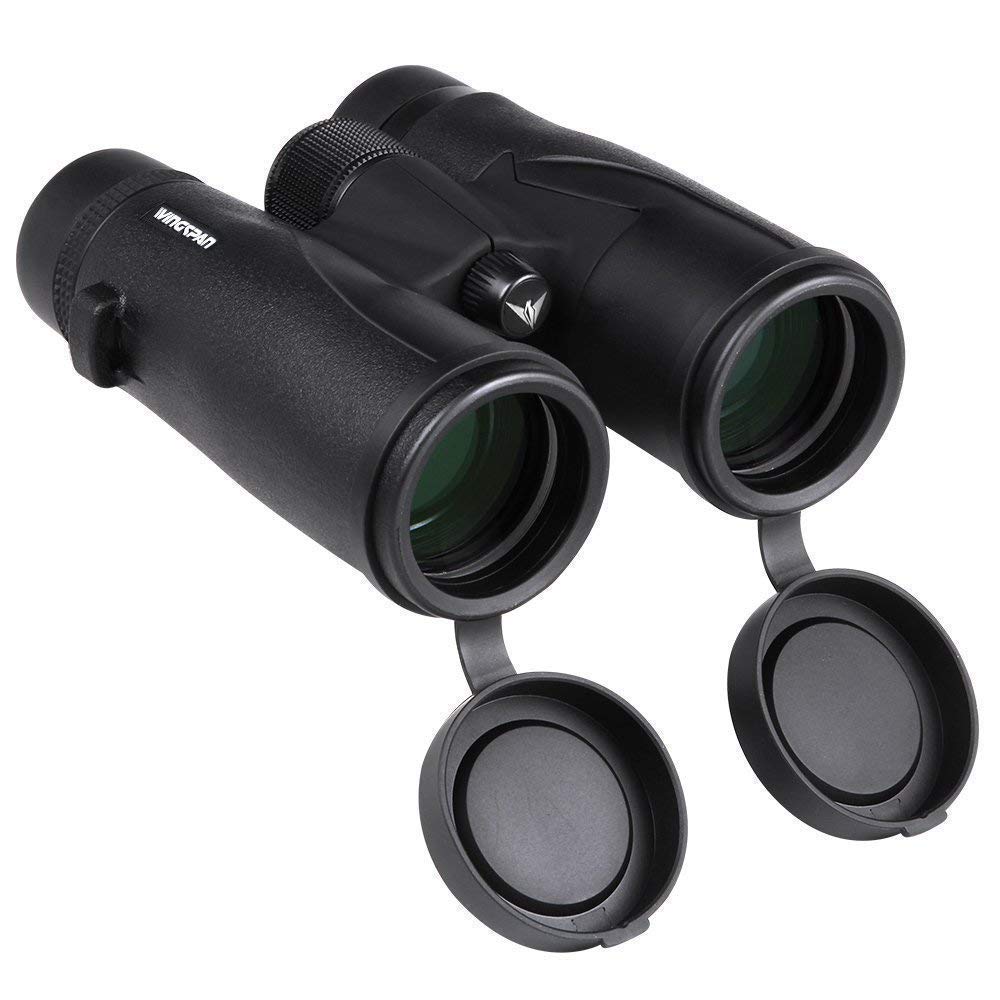
Wingspan Optics Skyview 8×42 are popular among bird watchers due to their wide field of view and light transmission.
The Exit Pupil
The exit pupil is where the actual image itself comes out of the eyepiece. To have a good, clear view of your subject, you need an exit pupil that’s larger than the actual pupils of your eyes. If it’s smaller, the image will appear smaller, and you’ll see more extraneous light in your peripheral vision. Since the average person’s eyes have a 2mm pupil, you’ll want an exit pupil of at least 2mm.
To determine your binoculars’ exit pupil size, divide the size of the objective lens by the magnification. For example, a 10-40X40 pair of binoculars will have an exit pupil diameter of 4mm when it’s at 10X zoom (40/10), a diameter of 2mm when it’s at 20X zoom (40/20), and a diameter of only 1mm when it’s at 40X zoom (40/40). This is why anything beyond 20X isn’t typically useful.
One more thing: if you’re going to be using your binoculars at night (for example, for stargazing), you’ll need a larger exit pupil. This is because your pupils dilate in the dark to gather more light, and expand to up to 8mm.
Other Features
Many binoculars are rated as waterproof or fog proof. Waterproof binoculars can stand up to rain, or to being dropped in a puddle. However, they may still be vulnerable to fog penetration, which can obscure your image over time. Fog proof binoculars have more secure seals to prevent all moisture infiltration, but they tend to be more expensive.
Another important feature is lens coating. A lens coating prevents lenses from reflecting light, allowing more light to enter the inside of your binoculars, rather than getting reflected away. There are four different types of coating:
- Coated lenses have a coating on one set of lenses, typically the objective lenses.
- Fully coated lenses have a coating on all lenses.
- Multi-coated lenses have several layers of coating on one set of lenses, usually the objective lenses.
- Fully multi-coated lenses have several layers of coating on all lenses.
Keep in mind, the more coating, the more you’ll pay. But you’ll also get a brighter, more vibrant image.
After you make your purchase, check out our article on How To Adjust The Diopter On Binoculars.
